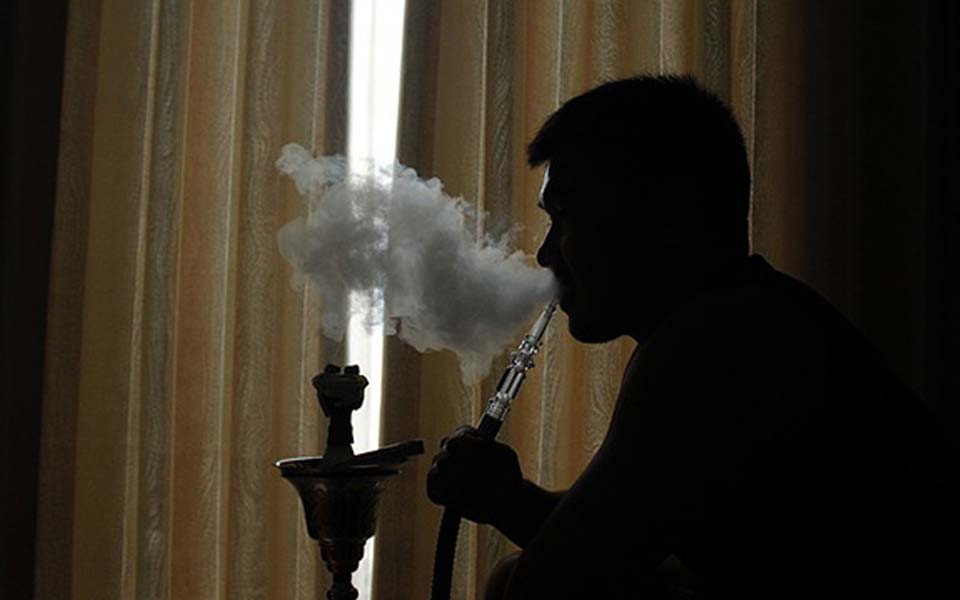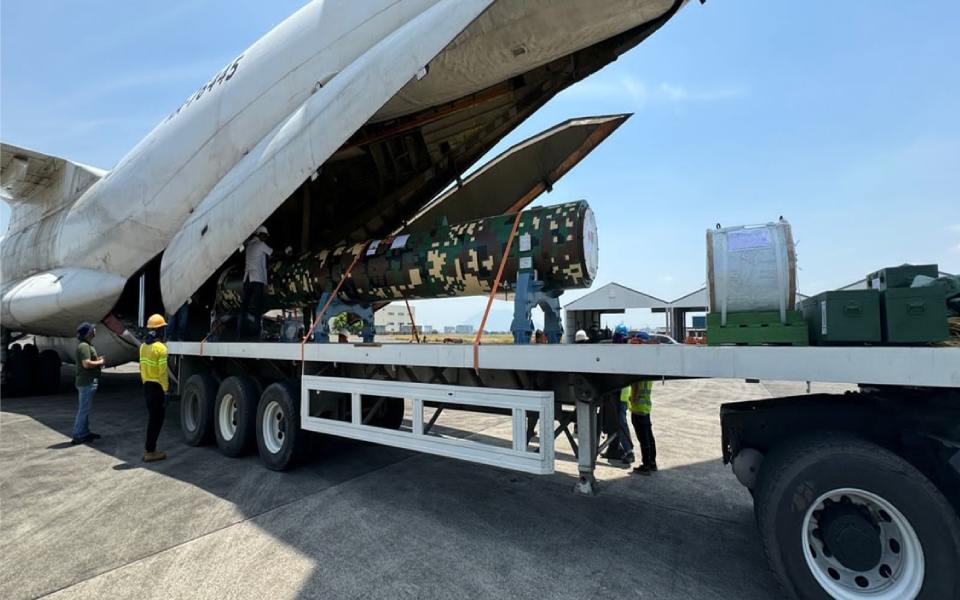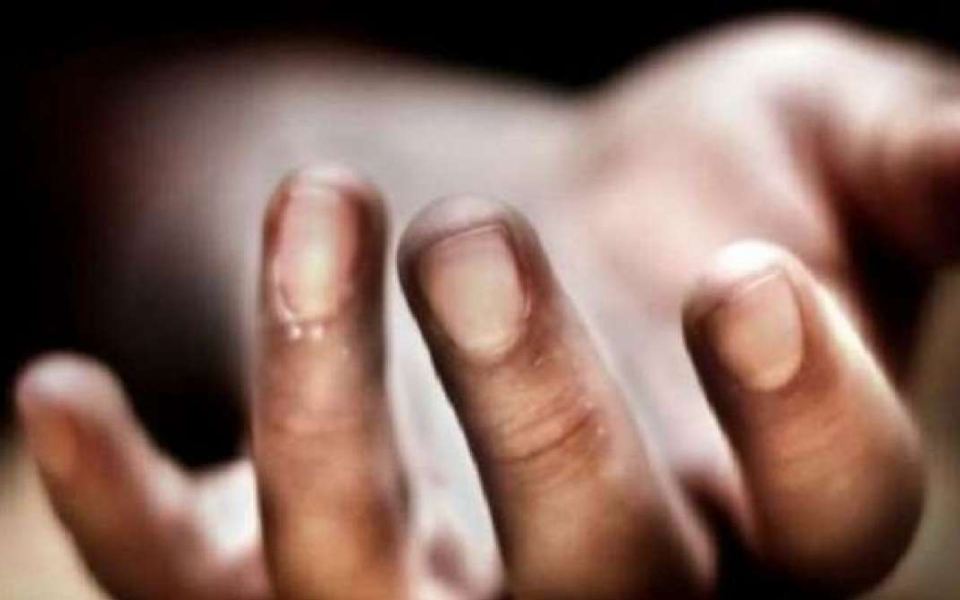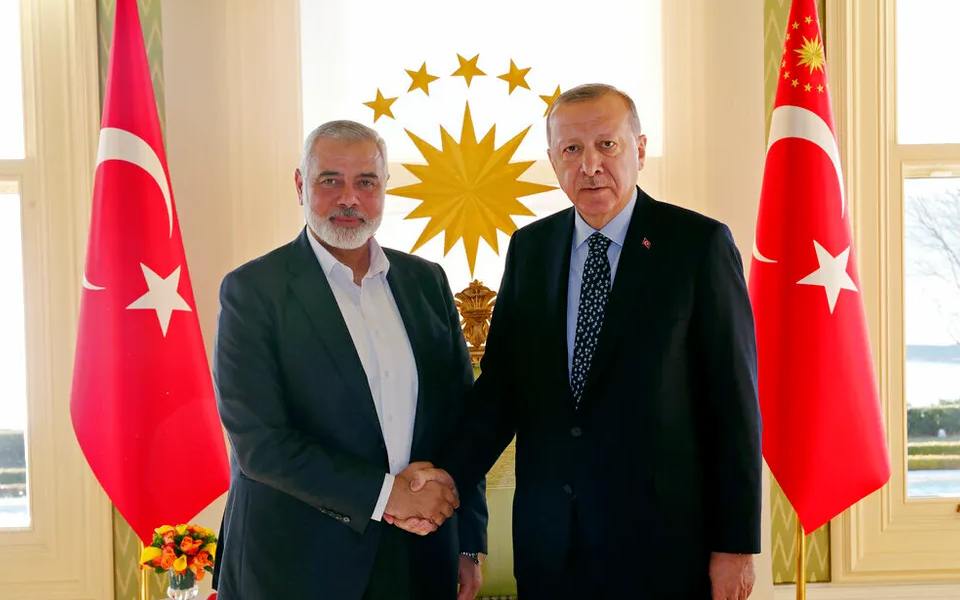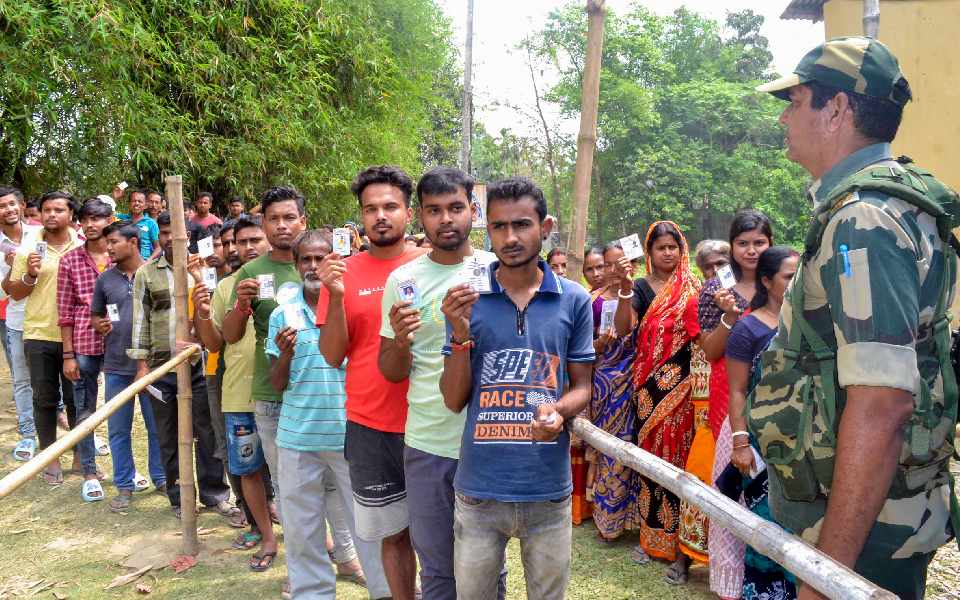New York, Aug 13: While the popularity of hookah (tobacco pipe) has increased in recent years, researchers say it may be more dangerous than other forms of smoking tobacco.
Using a custom-built testing device, the researchers analysed emissions during a typical hookah session and found that one draw from a pipe contained as many noxious substances as a cigarette.
Hookah mainstream smoke, which is directly inhaled, has many toxic and harmful chemicals, like nicotine that can lead to tobacco addiction, irritating carbonyl compounds, and benzine, a known carcinogen,” said study lead author Veronique Perraud from University of California.
“Due to the greater volume inhaled in every puff and the longer duration of a smoking session, the hookah often delivers a higher dose of those chemicals to the smoker,” Perraud said.
It also produced large quantity of carbon monoxide, mainly from the burning of charcoal to heat the tobacco or herbal mixture in its bowl. The study, published in journal Aerosol Science and Technology, also referred to several cases of carbon monoxide intoxication.
In addition to testing ordinary tobacco, the group also studied a nicotine-free herbal mixture, marketed as a healthier alternative, and discovered that it produced even higher levels of toxic gases.
The study is the first to characterise ultra-fine particles (with a diameter smaller than 100 nanometers) in the inhaled smoke.
The researchers measured the chemical composition of gases and solids emitted during a hookah session in real time. “Through our technique of testing emissions in the beginning, midpoint and end of a smoking session, we were able to show that a smoker is exposed to a higher quantity of ultra-fine particles during the first 10 minutes compared with the rest of the session,” she said.
According to the study, these miniscule particles can pose significant health risks by making their way deep into the pulmonary system and by readily crossing the blood-brain barrier.
Let the Truth be known. If you read VB and like VB, please be a VB Supporter and Help us deliver the Truth to one and all.
New Delhi, Apr 19: India on Friday delivered the first batch of BrahMos supersonic cruise missiles to the Philippines, in reflection of the growing military ties between the two countries amid China's military muscle-flexing in the South China Sea.
The supplies came over two years India signed a USD 375 million deal with the Southeast Asian nation to supply the weapon systems.
A C-17 Globemaster transport aircraft of the Indian Air Force (IAF) transported the missile and the launchers to the Philippines for the country's marine forces, official sources said.
Under the January 2022 deal, India will supply three batteries of the missiles, their launchers and related equipment.
It was the first export of the BrahMos missile by India.
A few other countries including Argentina have also shown interest in procuring BrahMos missiles from India.
BrahMos Aerospace Pvt Ltd, an India-Russian joint venture, produces the supersonic cruise missiles that can be launched from submarines, ships, aircraft, or land platforms.
BrahMos missile flies at a speed of 2.8 Mach or almost three times the speed of sound.
India has been looking at further expanding defence ties with the Philippines against the backdrop of growing global concerns over China's increasing military assertiveness in the South China Sea.
Both India and the Philippines have been emphasising the need for peaceful settlement of disputes in the South China Sea and for adherence to international law, especially the UNCLOS (UN Convention on the Law of the Sea).
The twin sides are also favouring implementation of an arbitral award by a UN court on the South China Sea.
The UN's Permanent Court of Arbitration, adjudicating the Philippines' case against China's territorial claims in the South China Sea, ruled in favour of Manila. However, China refused to accept the verdict.
There have been growing global concerns over China's sweeping claims of sovereignty over all of the South China Sea, a huge source of hydrocarbons.
Several countries in the region including Vietnam, the Philippines and Brunei, have counterclaims.
As part of efforts to boost military ties with the Philippines, India has decided to post a defence attache to that country along with Ethiopia, Mozambique, Poland and Ivory Coast.
Watch | #BrahMos supersonic cruise Missiles delivered to the Philippines by India today
— The Times Of India (@timesofindia) April 19, 2024
The two countries had signed a deal worth USD 375 million in 2022 pic.twitter.com/Fx6aaGMk2n

